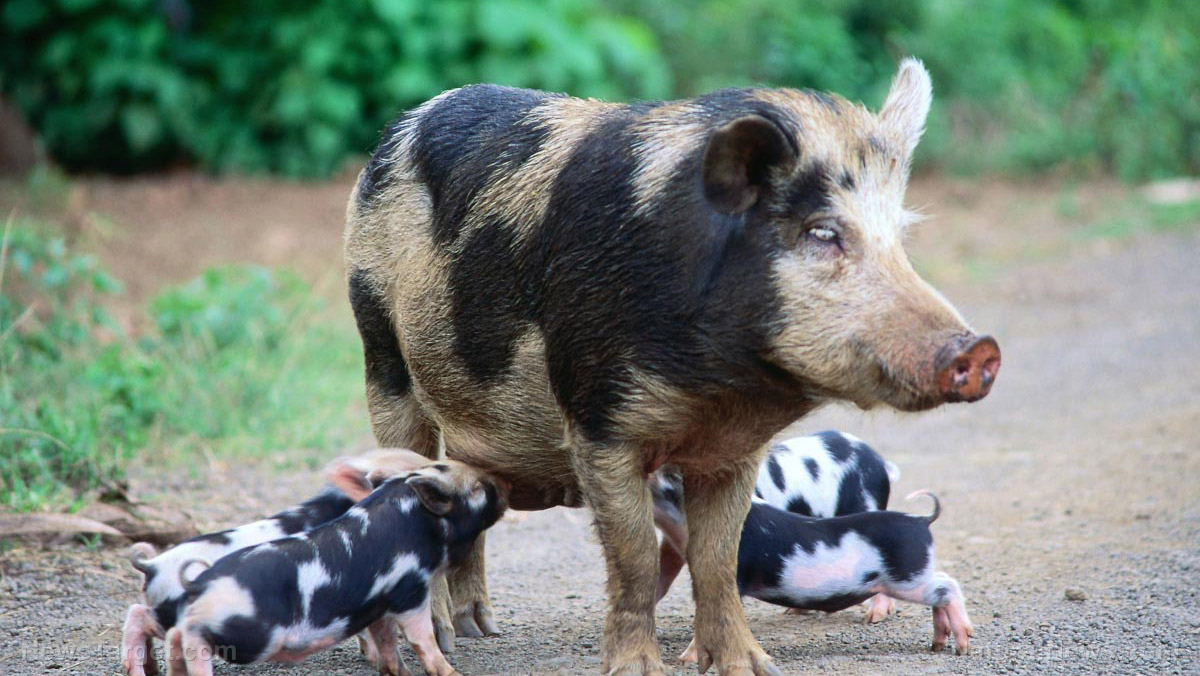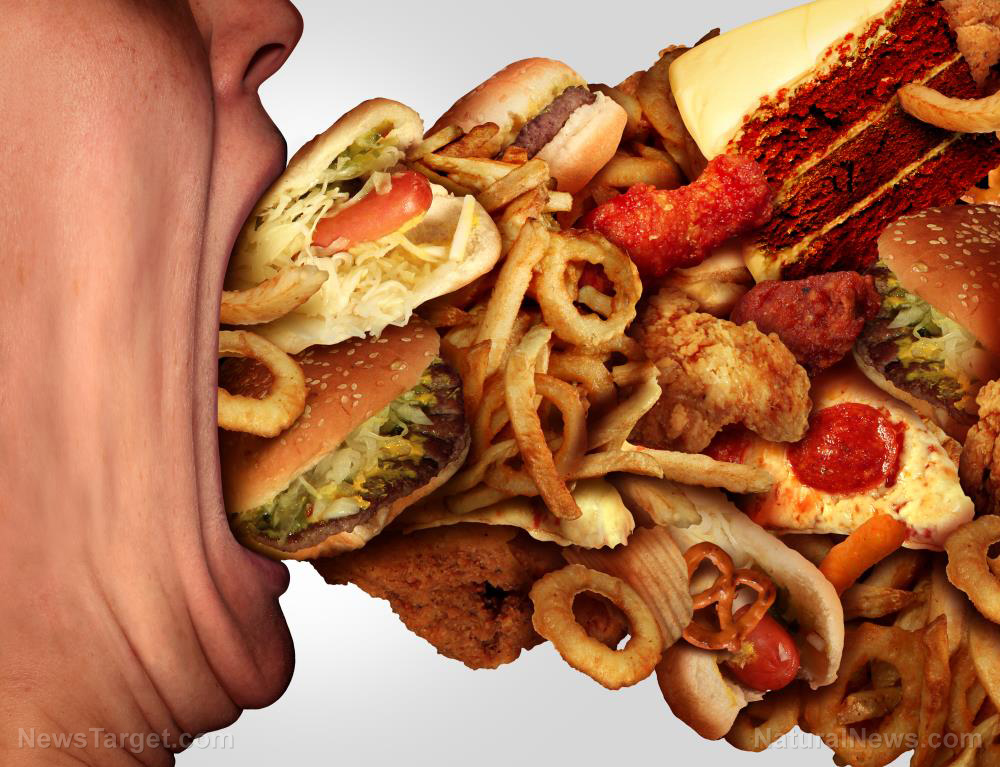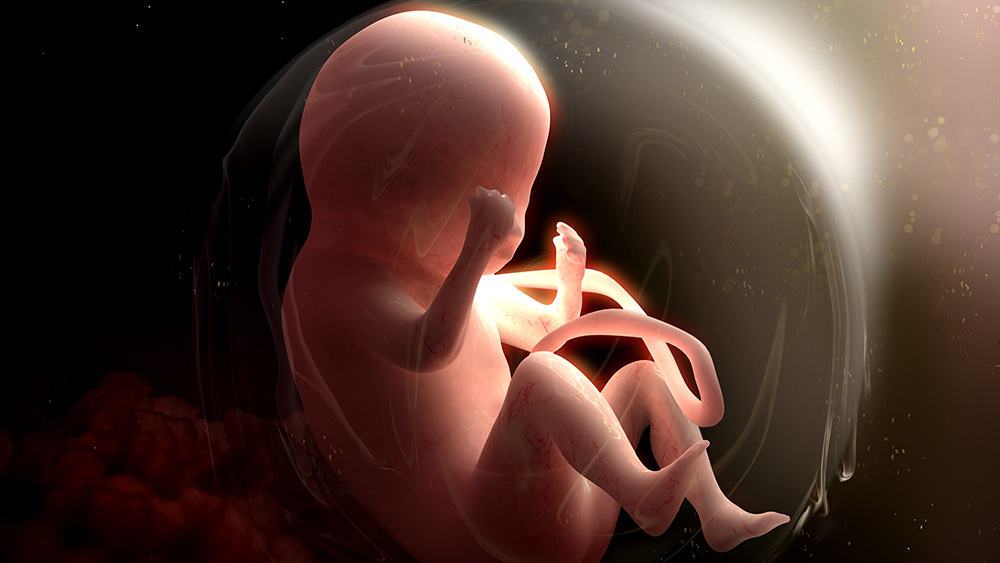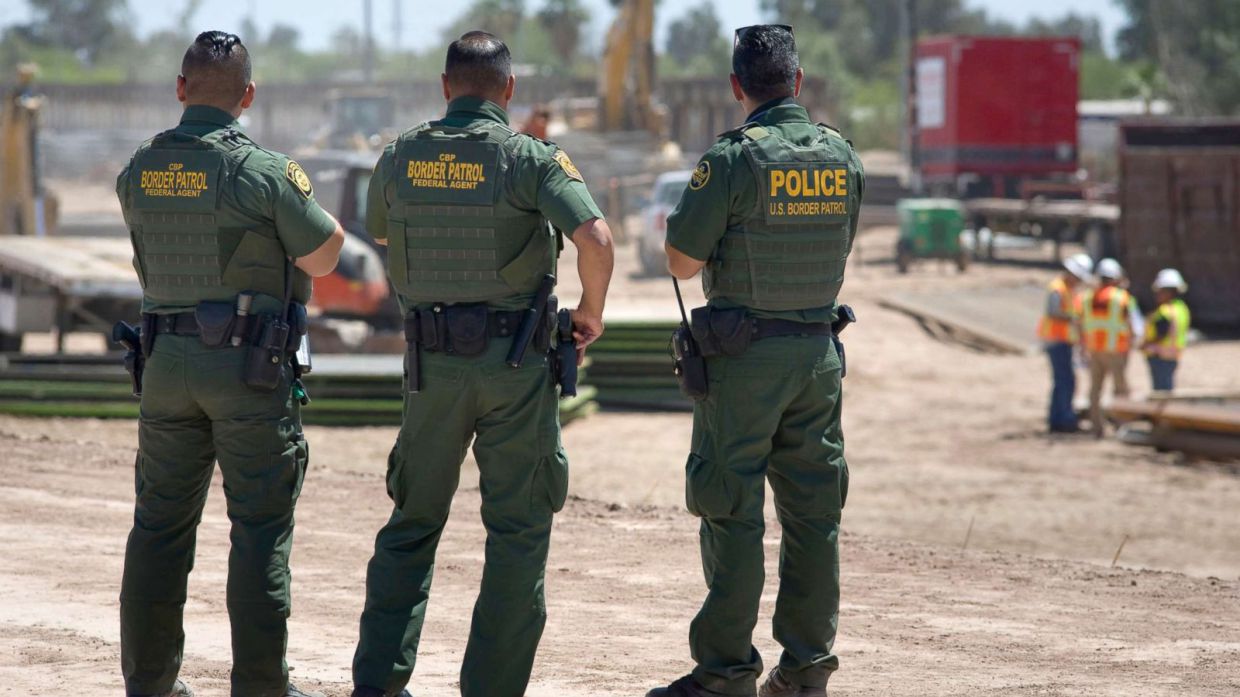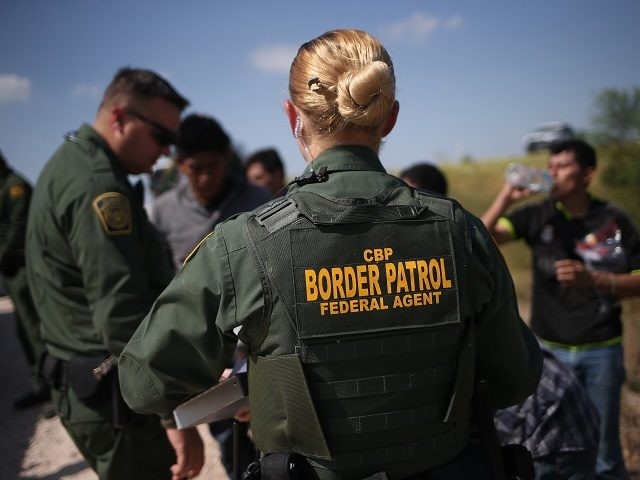Everybody freaks out when a group of feral hogs tries to eat a Texas woman, but humans kill MILLIONS of pigs every year just to eat their flesh
12/21/2019 / By Ethan Huff
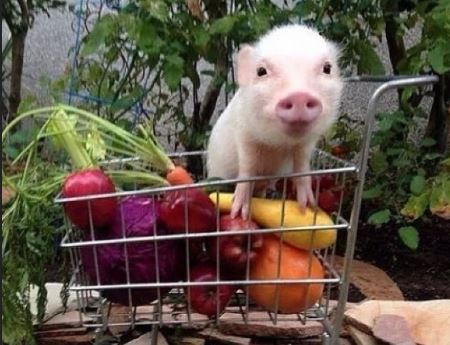
A 59-year-old woman in Texas was recently devoured to death by a mob of feral hogs, sparking outrage over the out-of-control wild hog populations in the Lone Star State and elsewhere.
Even though humans consume millions of pigs’ worth of pork every year, it’s not okay for these same swine to consume us back, which is why some are now calling for new interventions to thin their populations in the interest of public health.
The woman in question had been visiting the home of one of her clients in Anahuac, and exurb located near Houston, when a pack of feral hogs suddenly appeared and attacked her.
According to reports, Rollins had gotten out of her car in the home’s driveway and entered the yard when the pigs attacked and bit her to death. Sheriff Brian Hawthorne told the media that, “In my 35 years, I will tell you it’s one of the worst things I’ve ever seen.”
It’s a bit ironic when you really stop to think about it: wild pigs attacking humans who’ve been eating pigs for dinner since time immemorial. But these aren’t normal pigs, of course – they’re wild hogs that will ravage anything and anyone they can get their teeth on.
“Wild hogs are ‘opportunistic omnivores,’ meaning they’ll eat most anything,” reports Smithsonian Magazine. “Using their extra-long snouts, flattened and strengthened on the end by a plate of cartilage, they can root as deep as three feet.”
“They’ll devour or destroy whole fields – of sorghum, rice, wheat, soybeans, potatoes, melons and other fruits, nuts, grass and hay. Farmers planting corn have discovered that the hogs go methodically down the rows during the night, extracting seeds one by one.”
What’s worse: “cruelly” killing off wild hogs, or letting them kill us and our children?
In Texas, wild hogs have become an epidemic – or as Smithsonian Magazine describes it, a certifiable plague. There are just too many wild hogs roaming around looking for food, and not enough hunters or other public interventions to deal with them.
In fact, there’s quite a bit of protest against thinning these herds because doing so is seen as “cruel.” But what’s crueler: killing wild hogs, or letting them kill us? This is the question that deserves an answer, especially as the wild hog problem spills over into many other states all across the south.
And it’s not just that wild hogs are a risk to people; they also threaten crops and the environment at large. They’re highly destructive creatures that damage and destroy whatever crosses their path – and they’re relentless in this pursuit.
“Hogs erode the soil and muddy streams and other water sources, possibly causing fish kills,” Smithsonian Magazine further explains about the nature of wild hogs.
“They disrupt native vegetation and make it easier for invasive plants to take hold. The hogs claim any food set out for livestock, and occasionally eat the livestock as well, especially lambs, kids and calves. They also eat such wildlife as deer and quail and feast on the eggs of endangered sea turtles.”
Earlier this year, Texas actually experimented with trying to kill off wild hogs with sodium nitrite, the same toxic preservative chemical added to bacon, lunch meat, and other meat products mass-marketed for human consumption.
As it turns out, sodium nitrite is an effective killer of wild hogs – which leads us to believe that it’s also an effective killer of humans, though presumably at a much slower rate and in a more subtle fashion.
“As it turns out, sodium nitrite is toxic to both feral hogs and human beings, but it’s more toxic to the hogs due to a genetic predisposition that doesn’t allow the hogs to clear the toxic poison from their bodies as efficiently as humans do,” warns Mike Adams, the Health Ranger.
For more related news, check out Twisted.news.
Sources for this article include:
Tagged Under: Anahuac, attacked, death, feral hog, feral hogs, flesh, Houston, pig, pork, Texas, weird, wild hogs, woman
RECENT NEWS & ARTICLES
COPYRIGHT © 2017 GREATERTEXAN.COM
All content posted on this site is protected under Free Speech. GreaterTexan.com is not responsible for content written by contributing authors. The information on this site is provided for educational and entertainment purposes only. It is not intended as a substitute for professional advice of any kind. GreaterTexan.com assumes no responsibility for the use or misuse of this material. All trademarks, registered trademarks and service marks mentioned on this site are the property of their respective owners.













